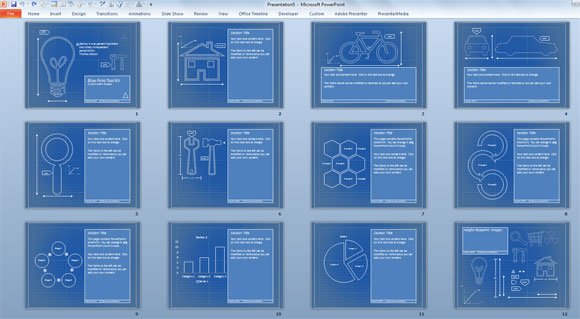
Organisations at Maturity Level 4 have a data-driven approach to process improvement. Maturity Level 4 – Quantitatively Managed Businesses at this stage understand what their areas for improvement are and have a plan to address them.īelow are listed the practices that must be implemented and rated at Level 3: Maturity Level 3 means that the practices are followed in the whole company. Supplier Agreement Management can be declared Non Applicable if there are no suppliers. Requirements Development and Maintenance.The following Practice Areas must be implemented and rated: However, there are still some issues to address and resolve. In organisations at Maturity Level 2, processes are planned, performed, measured and controlled on a project level but not across the whole company. Businesses at Maturity Level 1 are perceived as inefficient. The work may not always be completed on time or within the budget. Maturity Level 1 means that processes are still unpredictable and reactive rather than planned and practices are not fully implemented. At this stage, work “may or may not be completed”. Maturity Level 0 characterises a company in which processes are unknown or ad-hoc – they may not be followed or exist at all. The organisation is appraised at a specific maturity level based on how well certain practices are implemented. Each Practice Area is a set of practices that collectively describe the critical activities to achieve defined intent and value. Practices are organised within Practice Areas. Each of the Category Areas consists of defined Capability Areas, which group practices for improving performance in an organisation or a project. There are four CMMI Category Areas: Doing, Managing, Enabling and Improving. CMMI 2.0 Category Areas, Capability Areas and Practice AreasĬMMI requirements are grouped into Category Areas, Capability Areas and Practice Areas.


CMMI 2.0 is the current version of the framework, released in 2018. It’s also used as a model for assessing the process maturity level within an organisation.ĬMMI originated in 1987 and has undergone many alterations and improvements since then. It provides a set of best practices and guidelines for process improvement in a project, division or the whole organisation. What is CMMI 2.0?ĬMMI (Capability Maturity Model Integration) is a framework to improve the quality of software and development efficiency. If you’re also considering adopting this framework, you’ve come to the right place.įrom this article, you’ll learn everything you should know about CMMI 2.0: from an overview of the Category, Capability and Practice Areas to the description of Maturity Levels and Appraisal Methods. For over two decades, CMMI has been used by high-performing organisations, helping them improve their processes and decrease risks in software development.


 0 kommentar(er)
0 kommentar(er)
